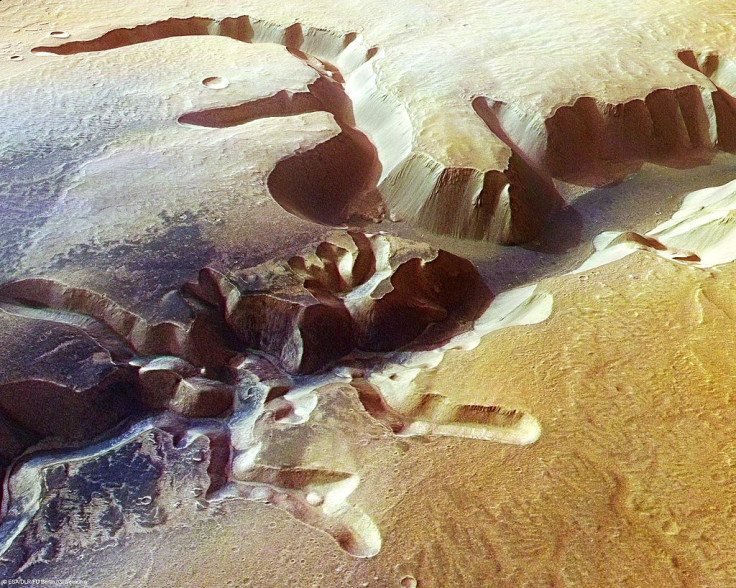NASA’s Mars Missions Doomed To Fail? Scientists Discuss Possible Problems

When it comes to interplanetary missions, reaching Mars is on top of the list.
Aside from the U.S. space agency NASA, the Soviet Space Program, the European Space Agency and the Indian Space Research Organization that have either reached Martian orbit or landed on its surface, there are now a number of nations and private groups that don’t just aim to reach the Red Planet but bring the first humans there as well.
Countries such as China and Israel both have solid plans on reaching Mars while Elon Musk’s SpaceX has been consistent with its plan to build a base on the fourth planet from the sun.
But how possible is it really for humans to reach and live on the Red Planet? Apart from extreme temperatures and dangerous UV radiation levels, scientists are yet to discover important elements in order to support human life in Mars, such as finding a source of water.
Aside from this, the technical issues of setting up a base on Mars should also be considered. In this report, a group of scientists from NASA and Canada’s McMaster University’s School of Geography & Earth Sciences discuss a series of studies published in a special edition of the journal Astrobiology. The discussion covered scientific, logistical, operational and communication challenges of sending astronauts to Mars.
The published research combines years of study under NASA's Biologic Analog Science Associated with Lava Terrains (BASALT) program. Geologists, microbiologists, geneticists, engineers and astrobiologists from all over the world contributed to the research.
The research concluded that one of the biggest hurdles astronauts will face is how to conduct proper scientific research in Mars’ extreme environment. It would also be difficult to send important information back to Earth and determine how to use this data back on the Red Planet.
To address this, scientists simulated possible scenarios by doing actual field work on surfaces considered similar to Mars. These include gathering data from terrains of the Moon National Park Monument and Preserve and the Hawaii Volcanoes National Park. Bother areas are considered rich in basalt.
"When astronauts finally go to Mars, we need to identify the best place to potentially find evidence of life and to target the kind of basalt rock samples which may contain a lot of organic material, for example," Allyson Brady, a post-doctoral fellow in McMaster's School of Geography & Earth Sciences, said.
"There will be many, many limitations on Mars so we need to consider the best way to conduct research and gather samples including getting timely feedback from science experts on Earth," Brady, who is working with her advisor Greg Slater on the BASALT project, said.
The program, which is being supported by the Canadian Space Agency, is also considering how to address communication issues while conducting research on the ground. The scientists are currently testing various means of communications including video and photo messaging, texting and voice messaging.
Considering environment and time constraints, the scientists are trying to establish 20 minutes or less when it comes to the delay of sending information from Mars back to Earth. Addressing these issues will prove to be useful for future missions to Mars.
© Copyright IBTimes 2025. All rights reserved.





















